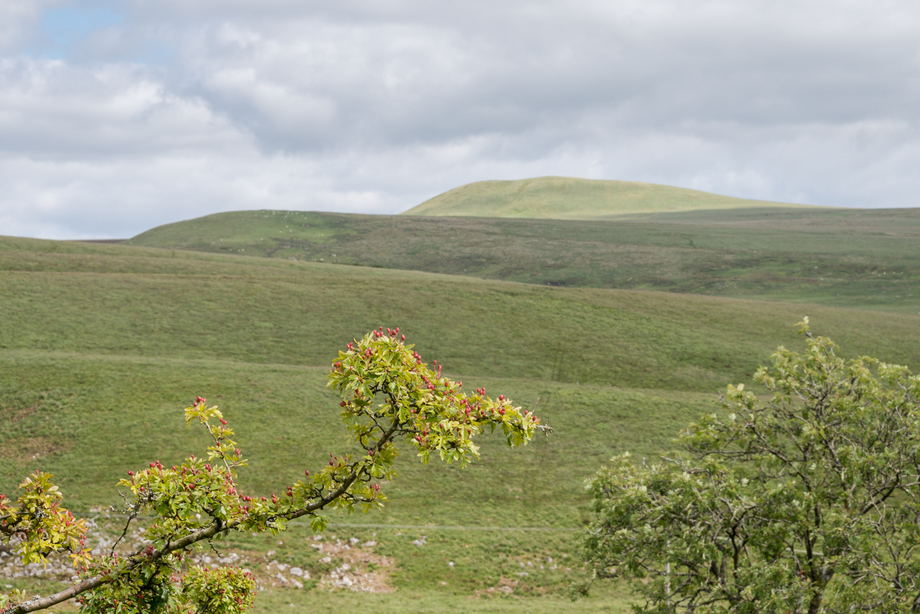Protecting wild land and empowering communities
Bonnie VandeSteeg from People’s Land Policy reports on a seminar that she organised featuring the Trust's Mike Daniels

The Trust's Head of Policy and Land Management Mike Daniels gave an inspiring talk for the second in our seminar series: Land, Communities and the Ecological Crisis. Over 50 people from across the UK attended the online event to hear Mike introduce the Trust - underlining its commitment to community from the begining - which was useful for those south of the border who had not come across the wild land charity before.
He said: “Long before the idea of community land became embedded into the mainstream political agenda in Scotland, the John Muir Trust was already anticipating how new forms of ownership might conserve wild landscapes and safeguard the economic and social well-being of the local population.”
Mike explained why the Trust, despite having its central focus on protecting wild land, has always been concerned to work closely with local communities and the general public. Wild land can only be protected if it is valued not just by conservationists and walkers and mountaineers, but by people who live and work in or near wild land areas.
He gave two examples of current partnerships with local communities: the Yearn Stane project outside of Glasgow and the Langholm Moor community buy-out near the English border.
The Yearn Stane Project showcases the benefits of taking a rewilding approach for both ecosystems and people in and around the area. Restoring bog and woodland and reintroducing recently lost species goes hand in hand with economic benefits to the community such as new businesses and social enterprises. And, involving urban dwellers, especially young people in working closely with nature can only help increase the general support for protecting and extending wild spaces.
The Langholm Moor community buy-out is an ambitious project, aiming to take community control of an expansive tract of moor (10,500 acres), currently used for grouse shooting by the Duke of Buccleuch, one of the biggest landowners in Scotland. Like the Yearn Stane Project, the community believes that it is possible to both enhance ecosystems and protect wild land, and, at the same time, providing sustainable livelihoods.
The issue of conservation vs livelihood was touched on earlier in the presentation when Mike discussed the Trust's position on windfarms. It is often difficult to object to a windfarm because of the way developers put forward the economic benefit argument. Projects such as Langholm are a good way of showing an alternative. That it is possible to both protect wild land and provide job opportunities for local people - jobs that are more long-lasting and under their own control.
Mike stressed the challenges faced by the Langholm community. They need to raise six million pounds to buy the land. The fact that the price of land is going up all the time and the Duke of Buccleuch is insisting on getting market value for the land despite being one of the richest men in Britain.
Questions from the audience indicated some outrage at the idea that the landowner would insist on obtaining market value of the land, given the way such landowners got hold of the land in the first place. Mike agreed that it is difficult for communities and the Trust itself to buy land because of the high cost. Though there is help from the government’s land fund, it is not nearly enough to enable communities to buy land.
Another issue raised by the audience was the problems of community ownership itself. Just because the community owns the land does not mean that it will make decisions that will ensure the protection of that land. Another challenge is ensuring that the decision-making process does involve the whole community, recognising that there may be conflict within the community.
Mike was keen to point out that the Trust sees itself as a custodian of the land. It may ‘own’ the land but its task is to care for the land on behalf of all communities - both current and future generation of humans, and the communities of other species. He concluded with the following quote:
"In short, a land ethic changes the role of Homo sapiens from conqueror of the land-community to plain member and citizen of it. It implies respect for his fellow-members, and also respect for the community as such." - Aldo Leopold, A Sand County Almanac and sketches here and there
- The People’s Land Policy is a project to develop discussion and debate about what kind of land reform we need. By bringing together a range of people to discuss land and the issues that affect them we hope to contribute to the building of a broad-based, radical movement for land reform.
Find out more about the Langholm Moor community buy-out.
Photograph at the top shows Langholm Moor by David Lintern.

